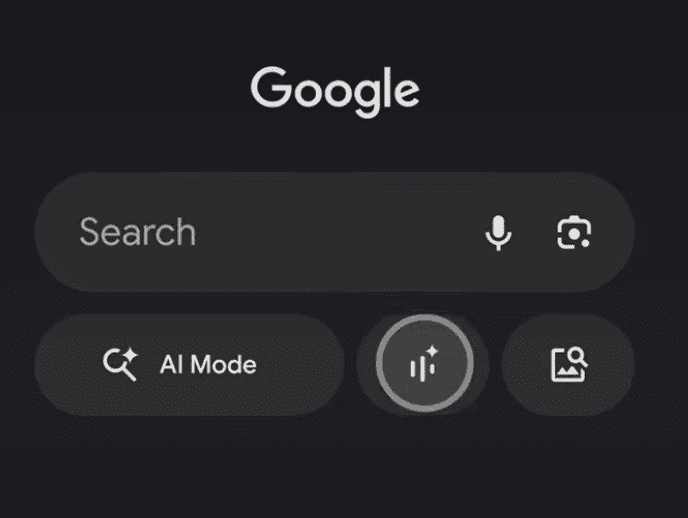Marketing Is 4th Most Exposed To GenAI, Indeed Study Finds via @sejournal, @MattGSouthern

Marketing professionals face one of the highest levels of potential AI disruption across all occupations, with 69% of marketing job skills positioned for transformation by generative AI, according to new data from Indeed.
The analysis evaluated nearly 2,900 work skills against U.S. job postings and found that marketing is the fourth most exposed profession, trailing only software development, data and analytics, and accounting.
The Shift From Doing To Directing
Indeed’s GenAI Skill Transformation Index groups skills into four levels: minimal, assisted, hybrid, and full transformation.
For marketing professionals, the majority of affected skills fall into hybrid transformation, where AI handles routine execution while humans provide oversight, validation, and strategic direction.
Indeed writes:
“Human oversight will remain critical when applying these skills, but GenAI can already perform a significant portion of routine work.”
That covers tasks AI can complete reliably in standard cases, with people stepping in to manage exceptions, interpret ambiguous situations, and ensure quality control.
What Marketing Skills Are Most at Risk?
Administrative, documentation, and text-processing tasks show high transformation potential, where AI already performs well at information retrieval, drafting, and analysis.
Communication-related work sits in the hybrid zone for many occupations. In one example from the report, communication skills appear in 23% of nursing postings and are classified as “hybrid.” This illustrates how routine language tasks are increasingly AI-assistable while human judgment remains essential.
How the Study Scored Skills
The study used multiple large language models and based its ratings on consistent results from OpenAI’s GPT-4.1 and Anthropic’s Claude Sonnet 4, noting that model performance varies.
The team evaluated each skill on two dimensions: problem-solving requirements and physical necessity. Marketing scores high on problem-solving and low on physical necessity, making many skills strong candidates for AI transformation.
A Change From Previous Research
Earlier Hiring Lab work found zero skills “very likely” to be fully replaced by GenAI.
In this update, the report identifies 19 skills (0.7% of the ~2,900 analyzed) that cross that “very likely” threshold. The authors frame this as incremental progress toward end-to-end automation for narrow, well-structured tasks, not broad replacement.
The Broader Employment Picture
Across the labor market, 26% of jobs on Indeed could be highly transformed by GenAI, 54% are moderately transformed, and 20% show low exposure.
These are measures of potential transformation. Actual outcomes depend on adoption, workflow design, and reskilling.
The report notes:
“Any realized impacts will depend entirely on whether and how businesses adopt and integrate GenAI tools…”
Marketing vs. Other Professions
Software development tops the list with 81% of skills facing transformation, followed by data and analytics (79%) and accounting (74%).
On the other end, nursing shows 33% skill transformation, with core patient-care responsibilities remaining human-centered.
Marketing’s position reflects its reliance on cognitive, screen-based work that AI can increasingly assist.
Not All AI Models Are Equal
The report emphasizes that model choice matters. Different models varied in output quality and stability, so teams should test tools against their own use cases rather than assume uniform performance.
Looking Ahead
The report’s authors, Annina Hering and Arcenis Rojas, created the GenAI Skill Transformation Index to reflect the level of transformation rather than simple replacement.
They advise developing skills that complement AI, such as strategy, creative problem-solving, and the ability to validate and interpret AI-generated outputs.
The timeline for these changes will differ depending on the size of the company, the industry, and how digitally advanced they are.
But the overall trend is clear: roles are evolving from hands-on task execution to overseeing AI and developing strategies. Those who stay ahead by adopting hybrid workflows will likely be in the best position.
Featured Image: Roman Samborskyi/Shutterstock









